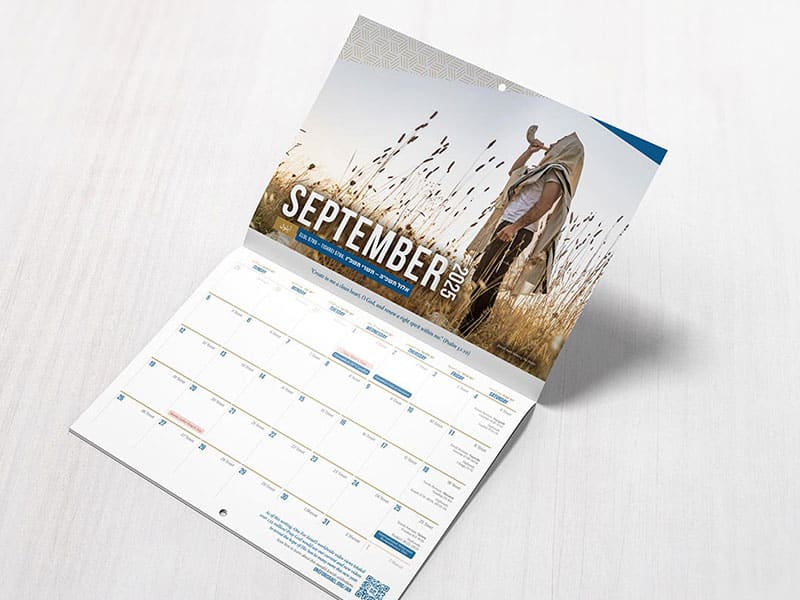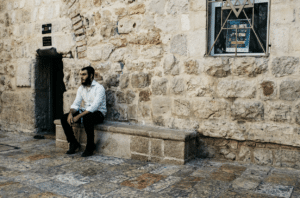Holocaust survivor, Henia Bryer, recalls,
“I had an operation once and the anesthetist comes and looks at [the number tattooed on] my arm and he says, ‘What is this?’ And I said, ‘That’s from Auschwitz.’ And he said, ‘Auschwitz, what was that?’ …And that was a young man, a qualified doctor”.1
Shockingly, people are growing up without knowing about what really happened.
January 27th is Holocaust Remembrance Day in Europe and the United States of America. This day is chosen to commemorate the date in 1945 that Auschwitz was liberated. However, all too often, acknowledgement of the Nazi atrocities and subtle anti-Semitism sit uncomfortably alongside each other. Some even equate the modern state of Israel with Nazi Germany, which goes to show how little of what actually happened is remembered. It is hard to forget the horrors of the Holocaust, but while some actively deny the scope or even the very existence of the atrocities, others simply grow up unaware of the history we vowed never to forget.
In research commissioned by the Conference on Jewish Material Claims Against Germany, it was discovered that over half of Britons did not know that 6 million Jewish people were murdered. In the US, more than one in ten believed that Jewish people actually caused the Holocaust. “The results are both shocking and saddening, and they underscore why we must act now while Holocaust survivors are still with us to voice their stories,” said Gideon Taylor, president of the commissioning body.2
Memory Aids
As well as remembering the awful end and devious beginnings of the Holocaust, it is also helpful to focus in on a few individual stories when trying to honour the memory of what happened. The horrors can overwhelm us and make it hard to take in when we are confronted with such enormous numbers of murders and incomprehensible atrocities. Different attempts have been made to highlight personal stories, like that of Anne Frank, and to personalise the suffering like the collection of shoes in the Yad Vashem Holocaust Museum which help us think of the real lives of those who perished.
There were also attempts to catalog the realities of the Jewish suffering for posterity by those who went through it. A 19 year old boy called David Graber decided to write down what was happening from inside the Warsaw Ghetto in order to inform people in the future. He was joined by another teenager, Nahum Grzywacz, and a teacher, Israel Lichtensztajn. The three determined to record every detail of ghetto life in a huge archive – David’s “great treasure”. The codename for this project was Oyneg Shabbes (Joy of the Sabbath).
Researchers found tens of thousands of documents that had been carefully collected and stored by August 1942. Some were written, in the form of diaries, essays and commissioned surveys, poetry and precise reportage in Yiddish, Polish and other European languages. Among them they found a recipe for how to make rotten fish palatable as the people were starving and turned to desperate measures to make anything resembling food into something edible.
And there was this note from Lichtenstzajn on behalf of himself and his wife, a well-known artist:
“I only wish to be remembered… I wish my wife to be remembered, Gele Seksztajn. I wish my little daughter to be remembered. Margalit is 20 months old today.”3
Let us remember them.
[1] Read Henia’s story here
[2] The Guardian, Half of Britons do not know 6m Jews were murdered in Holocaust
The Guardian, Nearly two-thirds of US young adults unaware 6m Jews killed in the Holocaust
[3] David’s great treasure – Oyneg Shabbes project
Photo by Mika on Unsplash















